March 2016, like February, began on a rather windy note as Storm Jake passed through although the Garden was relatively unaffected. The month’s other major storm, Katie over the Easter holiday period from 25th-28th, bypassed Scotland completely although it caused much damage in southern England. Much of March was dry, relatively sunny but often rather chilly. Two species, both moths, were added to the Garden’s list, bringing it to 791.
Amphibians The lochan in the Scottish Heath Garden was alive with Common Frogs mating just before the Easter weekend and much spawn now lies around the margin of the lochan.
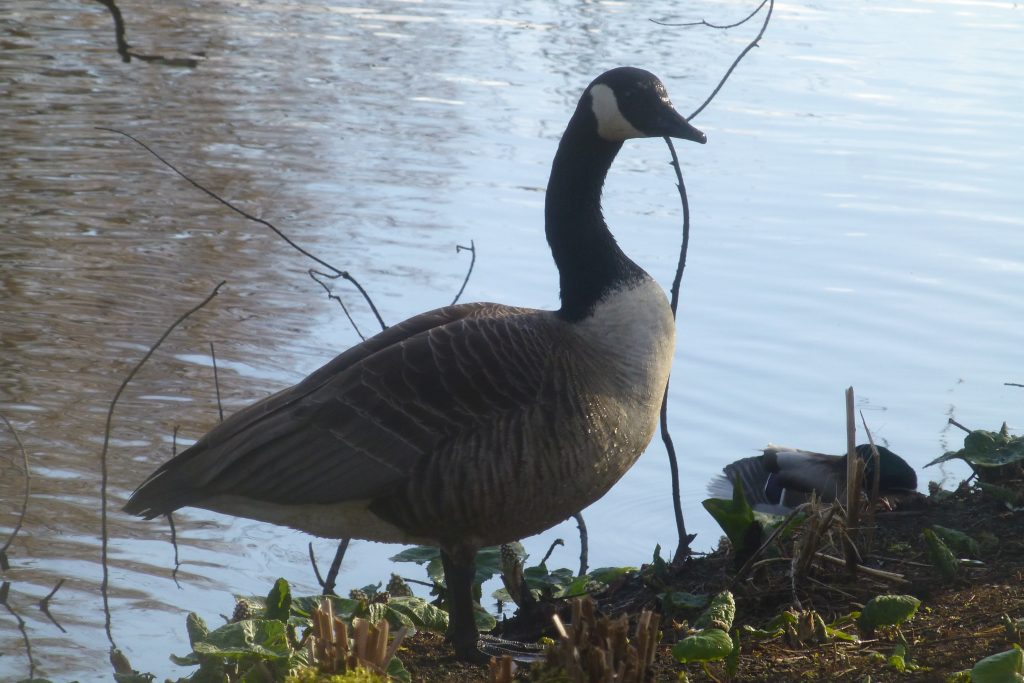
One of two Canada Geese (Branta canadensis) that visited the Pond, 30 March 2016. Photo Robert Mill.
Birds Forty bird species were recorded at the Edinburgh Garden in March 2016, again slightly above average. Probably the most notable was a Coot which stayed for at least nine days (7th-16th) and also visited at the end of the month (27th). Three Coot were also recorded in late February although I was only notified in March; their visit took February’s total up to 42 species. Although Coot are more or less resident on the pond in Inverleith Park, and other large ponds such as the ones in Holyrood Park, they do not normally visit RBGE’s ponds so for one to stay over a week was very unusual. There was one Kingfisher sighting on the Chinese Hillside pond in March (3rd), this time of an adult female – a pity she never seemed to visit earlier in the year while the young bachelor was there! The Dipper present sporadically from November to February failed to put in a visit. March saw the first of this year’s returning Chiffchaffs (29th and 31st) as well as the departure of Black-headed Gulls from the area to breed elsewhere (last seen on 13th). Skeins of Pink-footed Geese migrating back to their Arctic breeding grounds flew over on several dates mid-month (11th, 13th, 15th, 17th) while two Canada Geese were on the Pond at the end of the month (30th). The complete list of 40 species recorded during March was: Blackbird, Black-headed Gull, Blue Tit, Bullfinch, Canada Goose, Carrion Crow, Chaffinch, Chiffchaff, Coal Tit, Coot, Curlew, Dunnock, Feral Pigeon, Goldcrest, Goldfinch, Great Spotted Woodpecker, Great Tit, Greenfinch, Grey Heron, Herring Gull, Jackdaw, Kingfisher, Lesser Black-backed Gull, Long-tailed Tit, Magpie, Mallard, Mistle Thrush, Moorhen, Oystercatcher, Pink-footed Goose, Redwing, Robin, Siskin, Song Thrush, Sparrowhawk, Stock Dove, Tawny Owl, Tree Creeper, Wood Pigeon, Wren.
Insects and other invertebrates: In contrast to February, insects really began to emerge in RBGE during March. The chilly weather through most of the month no doubt was the reason why no butterflies were seen. However, four species of moths were trapped on 23rd: The Chestnut, Twin-spotted Quaker, Common Quaker and Hebrew Character. The first two of these were new records for the Garden. A separate blog post about this moth trapping can be found at http://stories.rbge.org.uk/archives/19514 . Honey Bees were active more or less all month and the first bumblebees of 2016 were recorded from 14th onwards: Buff-tailed Bumblebee (9 dates from 14th), Red-tailed (during a bumblebee training event on 24th), Tree Bumblebee (26th and 29th) and Early Bumblebee (29th and 30th). Four hoverfly species were seen: Marmalade Hoverfly (7th), Common Drone-fly (22nd), Meliscaeva auricollis (17th) and Syrphus torvus (31st). Gorse Shield-bug was recorded twice and the small leafhopper Empoasca vitis was present on yews (22nd, 31st). No fewer than four ladybird species were recorded: Seven-spot on several dates, Orange Ladybird (11th), Cream-spot (20th) and Pine (29th). A Common Earwig was found sheltering in one of the Garden’s numerous signposts (11th).

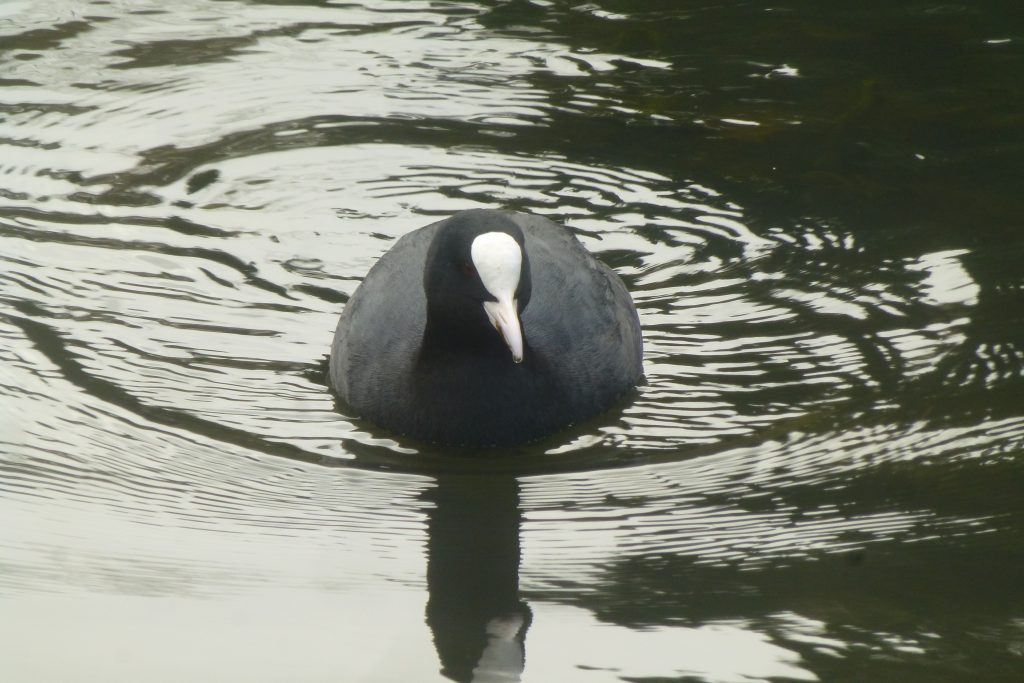
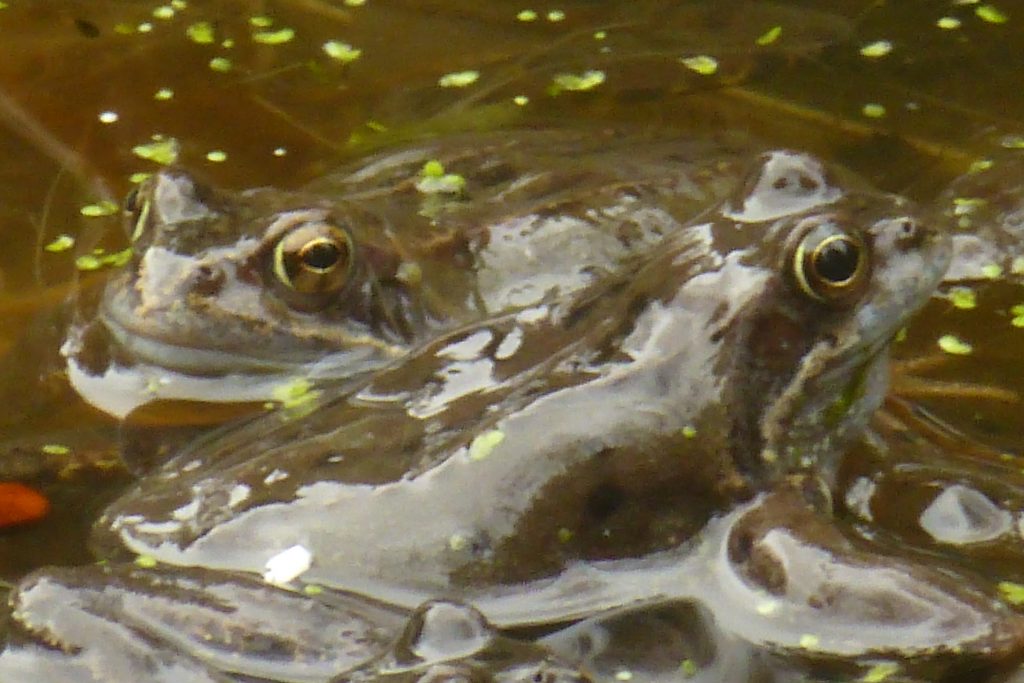
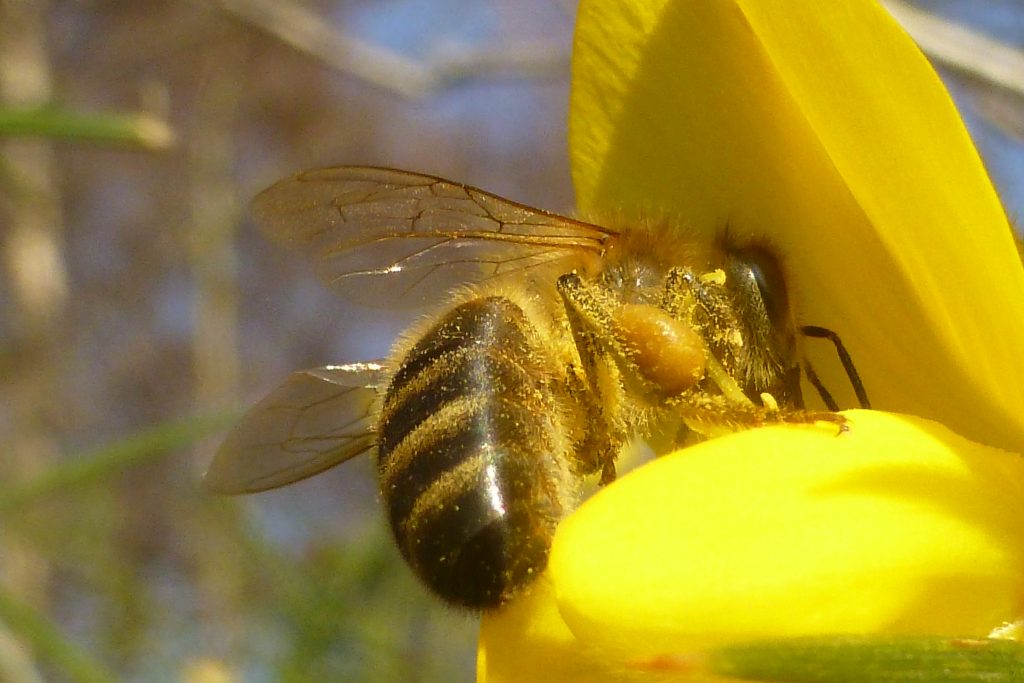
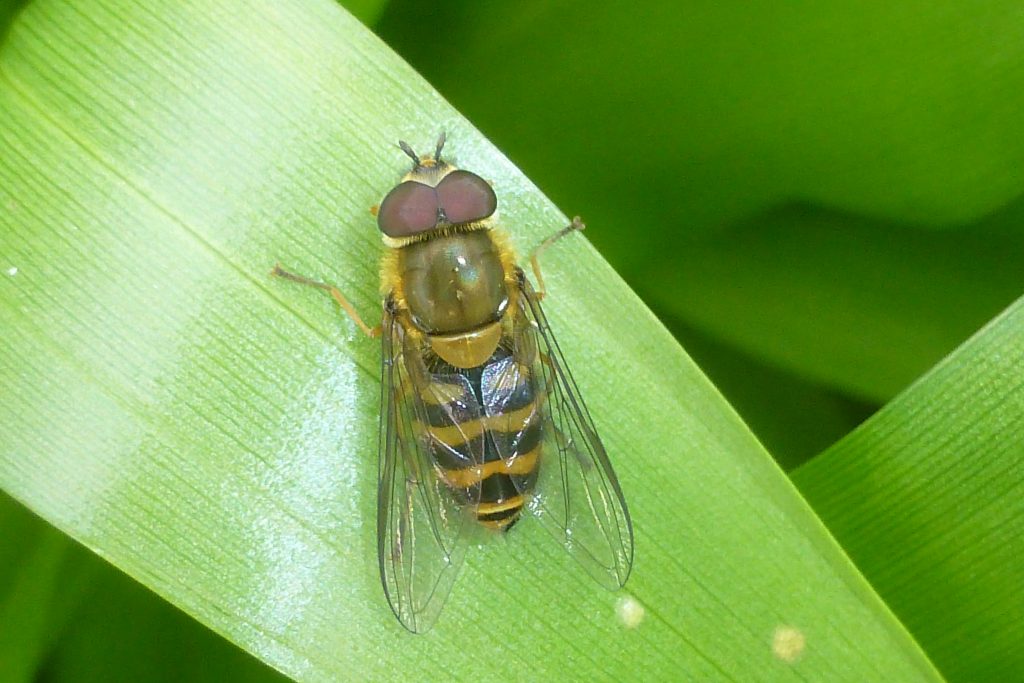
Jane Robertson
Great update Robert and lovely pictures too. I didn’t realise we had had some visiting geese!